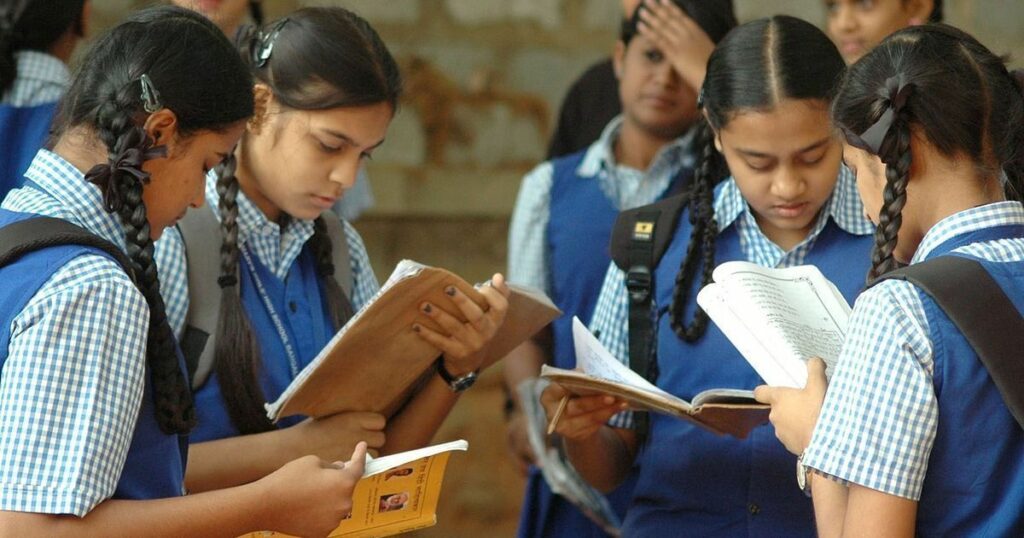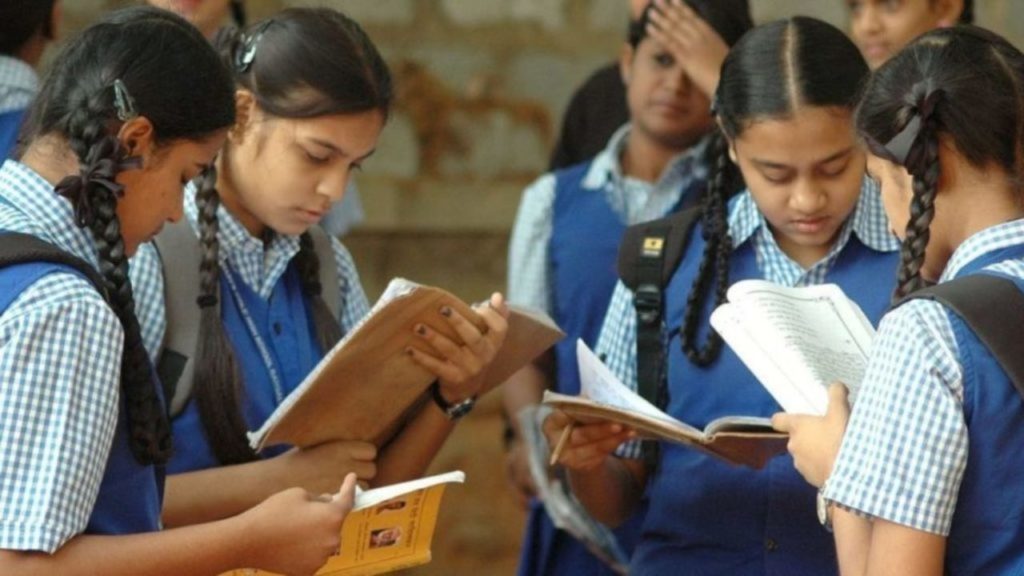This Wednesday witnessed the release of the Annual Status of Education Report (ASER), titled ‘Beyond Basics’ which basically involved a survey by civil society organization Pratham among rural students that are aged 14 to 18 years.

Annual Status of Education Report
This is a household survey which was conducted in 28 districts across 26 states which has assessed the foundational reading and arithmetic abilities of 34,745 students in total.
Basically, it discussed the activities in which students are engaged such as their basic and applied reading, mathematics abilities and digital awareness and skills.
The report demonstrates that “Overall, 86.8% of 14-18-year-olds are enrolled in an educational institution. There are small gender gaps in enrolment, but notable differences are visible by age. The percentage of youth not enrolled is 3.9% for 14-year-old youth and is 32.6% for 18-year-olds.”
The other observation is that most of the people in this age group were enrolled in the Arts/Humanities streams.
Moreover, the survey indicates that “Class XI or higher, more than half are enrolled in the Arts/Humanities stream (55.7%) and females are less likely to be enrolled in the Science, Technology, Engineering, and Mathematics stream (28.1%) than males (36.3%).”
Further, the survey revealed that “Only 5.6% of surveyed youth report taking vocational training or other related courses currently. Youth at the college level are the most likely to be taking vocational training (16.2%).”
Youth Taking Short Duration Courses
The survey revealed that most of the young generation are taking short duration courses which amount for six months or less.
When it comes to the abilities such as basic reading, math and English abilities, application of basic skills to everyday calculations, reading and understanding written instructions, and financial calculations which are useful in the day to day life, the survey shows that around 25% of participated students still cannot read a Class II level text fluently in their regional language.
Further adding, “More than half struggle with division (3-digit by 1-digit) problems. Only 43.3% of 14-18-year-olds are able to do such problems correctly. This skill is usually expected in Standard III/IV.”
The report said, “A little over half can read sentences in English (57.3%). Of those who can read sentences in English, almost three quarters can tell their meanings (73.5%).”
The survey found that females (76%) do better than males (70.9%) in reading a Standard II level text in their regional language.
Similarly, males do better than females in arithmetic and English reading.
The report added, “Of the youth who can do subtraction or more, over 60% are able to do the budget management task, about 37% can apply a discount, but only about 10% can calculate repayment.”
Interestingly, almost 90% of all youth owns a smartphone in the household and know how to use it.
The report further said, “Of those who can use a smartphone, males (43.7%) are more than twice as likely to have their own smartphone than females (19.8%). Females are less likely to know how to use a smartphone or computer as compared to males.”
Males seem to have outperformed females across all the tasks using mobile phones.
“Performance on digital tasks improves with education level. The ability to do digital tasks increases with basic reading proficiency,” as per the report.














